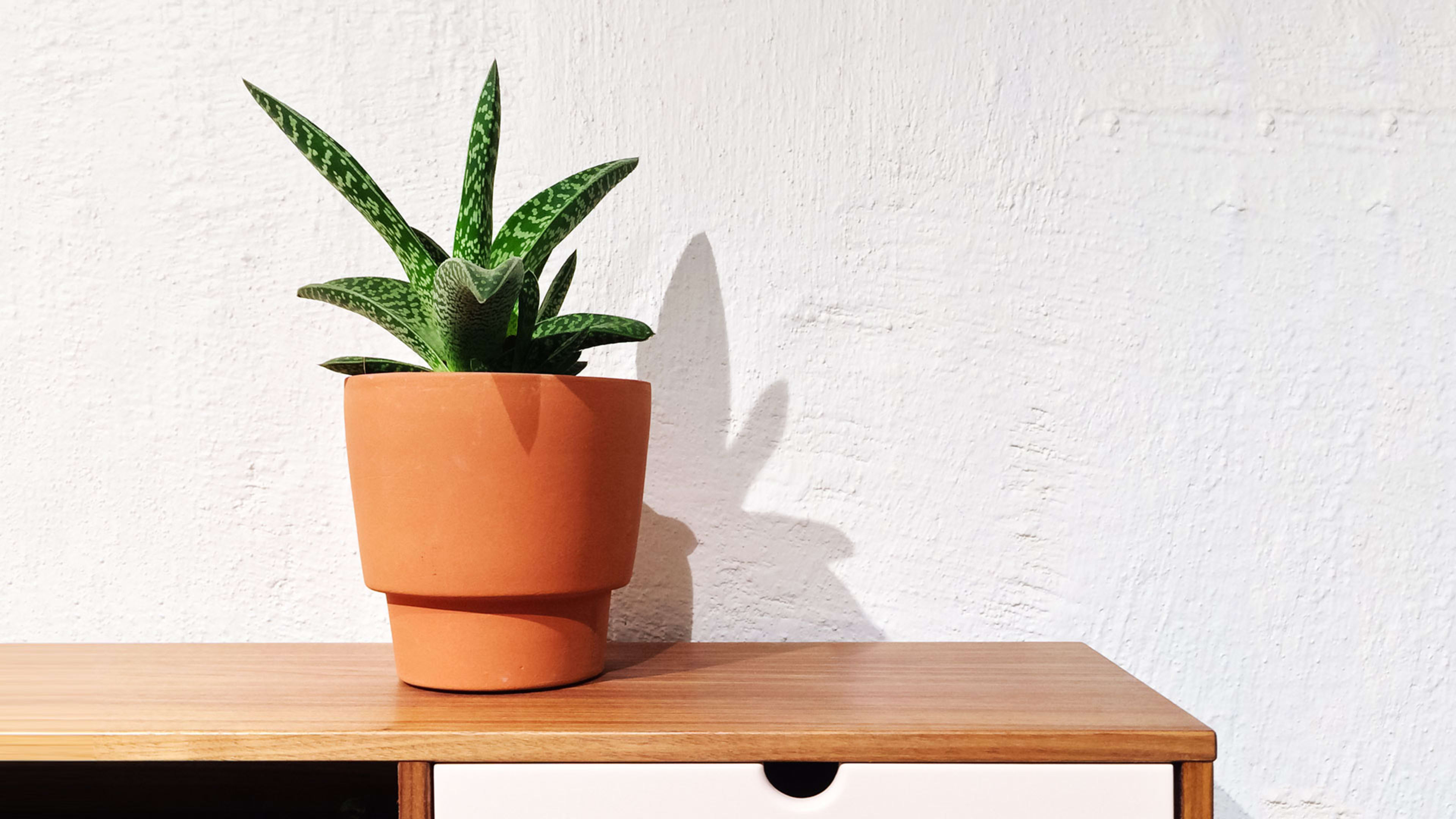Productivity is always a hot topic, and you can find a plethora of tips and tools to help you get more done. If your workspace is running interference with your intentions, however, you could be derailing yourself without even knowing it. While certain elements seem like they’re fixed, almost anything can be changed in a space to help improve your productivity, says Anja Jamrozik, PhD, behavioral scientist and consultant for the flexible workspace provider Breather.
“The workspace is an underappreciated factor,” she says. “Everyone notices a loud coworker in the moment, for example, but on a broader scale, we often don’t pay enough attention to how it might impact us over the whole workday, week, or year.”
Jamrozik says your workspace can impact your productivity, performance, satisfaction, and mood. To maximize it requires two steps.
Match the space to the task
First, pay attention to the type of task you’re doing, and make sure your workspace supports it instead of making it more difficult. Different workspaces are good for different tasks, says Jamrozik.
“It’s easier to understand this when you think of the home environment,” she says. “You wouldn’t entertain in your laundry room, for example. In the office, it’s the same. The two most common types of tasks are focused work and collaborative work, and they need spaces that prioritize and optimize the setting for each.”
Open floor plans can be a challenge, so do what you can to mitigate the damage. For example, to take phone calls, you need space away from your desk so you won’t distract colleagues. You also need to define areas for collaboration.
At project management software platform Basecamp, for example, the company has library rules in its open-space corporate offices as well as rooms where collaboration happens.
“Libraries are really open-plan offices. Everybody knows how to behave in a library. They’re reading, studying, and thinking. We treat the office like a library, making quiet the norm,” CEO Jason Fried told Fast Company in 2018.
Having different spaces for different kinds of work can increase satisfaction and performance, says Jamrozik. “Take advantage of what you have, and move to an area that fits your task,” she says.
Then strive for comfort
The second step for improving productivity is paying attention to how the environment affects your comfort level. People perform a lot better when they’re comfortable, and several elements have an impact.
One factor is temperature. “When you’re cold, you could be distracted thinking about it,” says Jamrozik. “It can impact how you physically work if you’re typing and your fingers are cold or stiff.”
If you can’t control the temperature in your office, create your own environment. “You could bring in a heating element for chair, or if you run hot, bring a small personal desk fan,” she says. “The change in temperature will impact how you’re feeling.”
Lighting also plays a role. “If you have to deal with glare, for example, you can get a headache and not be able to focus,” says Jamrozik. “Task lighting can optimize your workspace, and even certain light bulbs give you a more alert feeling.”
Simply swapping out a warm white light bulb can significantly increase alertness levels, while using a cool white or artificial daylight bulb are most beneficial for computer-based tasks, according to a study published in Procedia Social and Behavioural Sciences.
Another option is moving around the office to improve lighting, adds Jamrozik. “Working closer to a window will give you the benefits of natural lighting,” she says. “Focus on doing what you can within a large environment.”
Another way to boost your productivity is to add plants to your workspace. A study published in the Journal of Experimental Psychology found that plants can increase employee productivity by 15%.
“If you don’t have a green thumb, bringing elements that remind you of nature have the same affect,” says Jamrozik. “Display a print that has natural texture or photo of nature.”
Personalizing your space also increases your comfort, but the degree to which your desk decor matters depends on the work you do, says Jamrozik.
“If you are externally mobile and out meeting clients, you likely spend less time at your desk, and surroundings can be more neutral,” she says.
The “hot-desking” shared workspace trend can affect your ability to personalize your work area, but it’s still possible, says Jamrozik.
“Initial research on hot desking may be that an employee’s feeling of territory or ownership of the space takes a hit, but having furniture that can be changed can help,” she says. “For example, if I have a desk or chair I can raise and lower, it helps me feel like I have my own space rather than just a seat at a table.”
Finally, decide how (or if) you attack clutter. Stacks of papers or an abundance of stuff on a work surface can impact productivity, but in different ways for different personalities.
“Extroverted people prefer more visual information in their space,” says Jamrozik. “An introverted person, however, would want a more sparse environment. It depends on the person.”
Recognize your brand’s excellence by applying to this year’s Brands That Matter Awards before the early-rate deadline, May 3.
